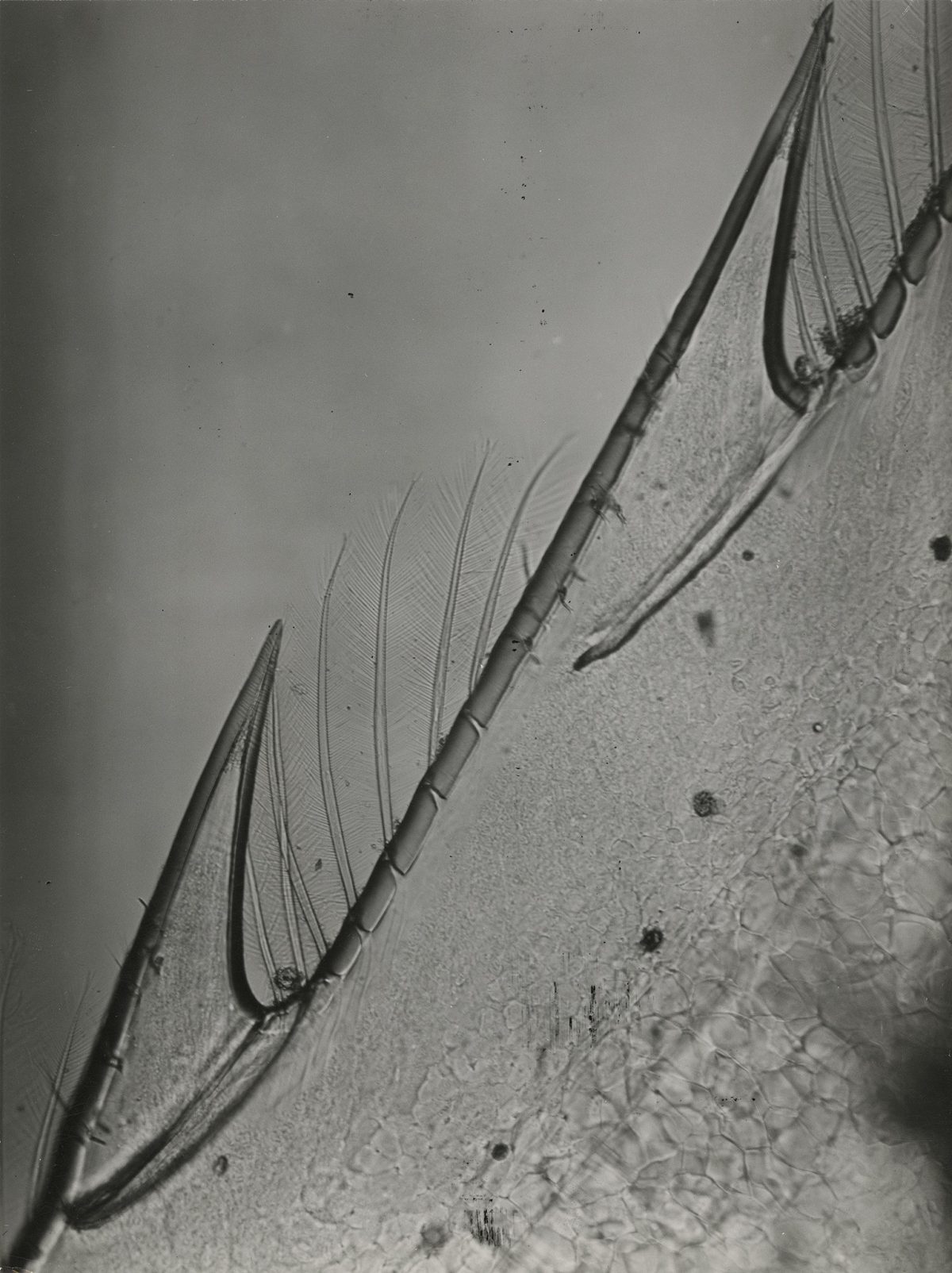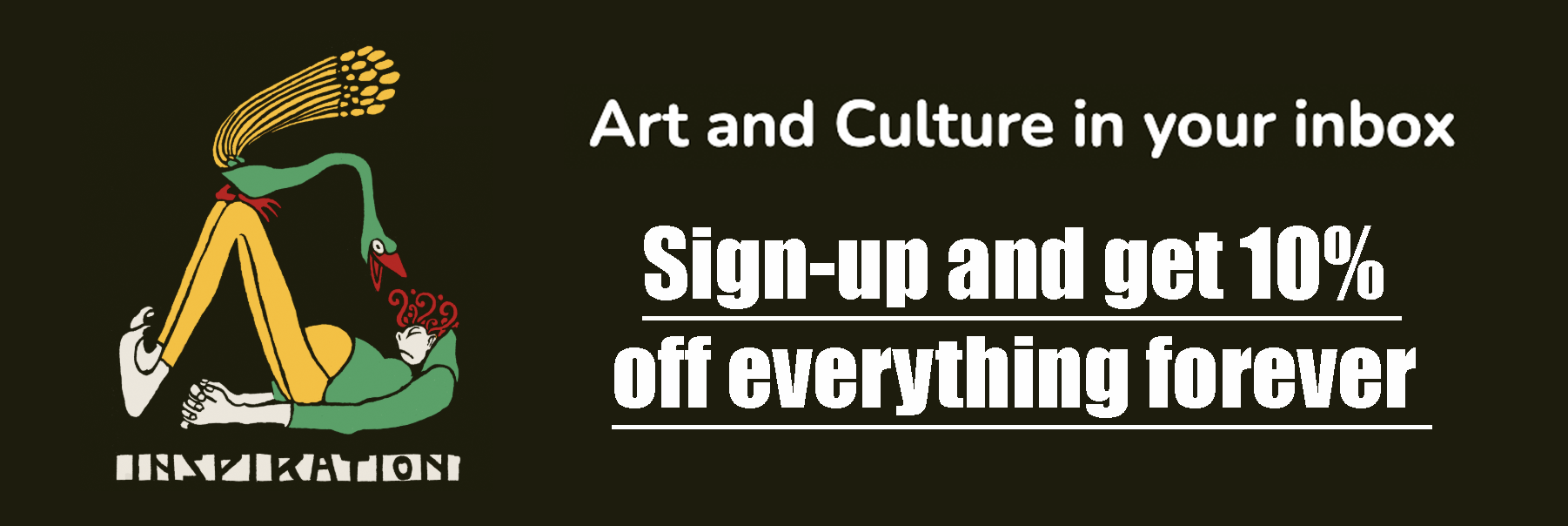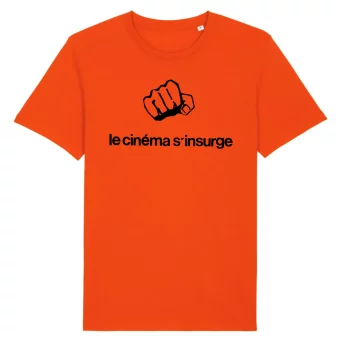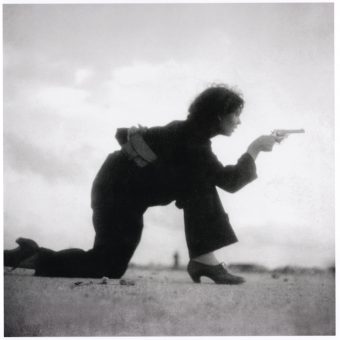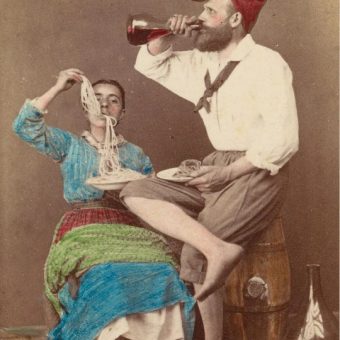“On the locomotion and grace of the sea horse, ‘the only vertical fish’. Presentation of its dazzling mode of reproduction, for it is the male who gives birth, after the female has laid her eggs into his pouch. The film documents the development of the embryos and birth of a myriad of mini-seahorses that look like ghosts.”
– L’Hippocampe (The Seahorse) by Jean Painlevé, 1931
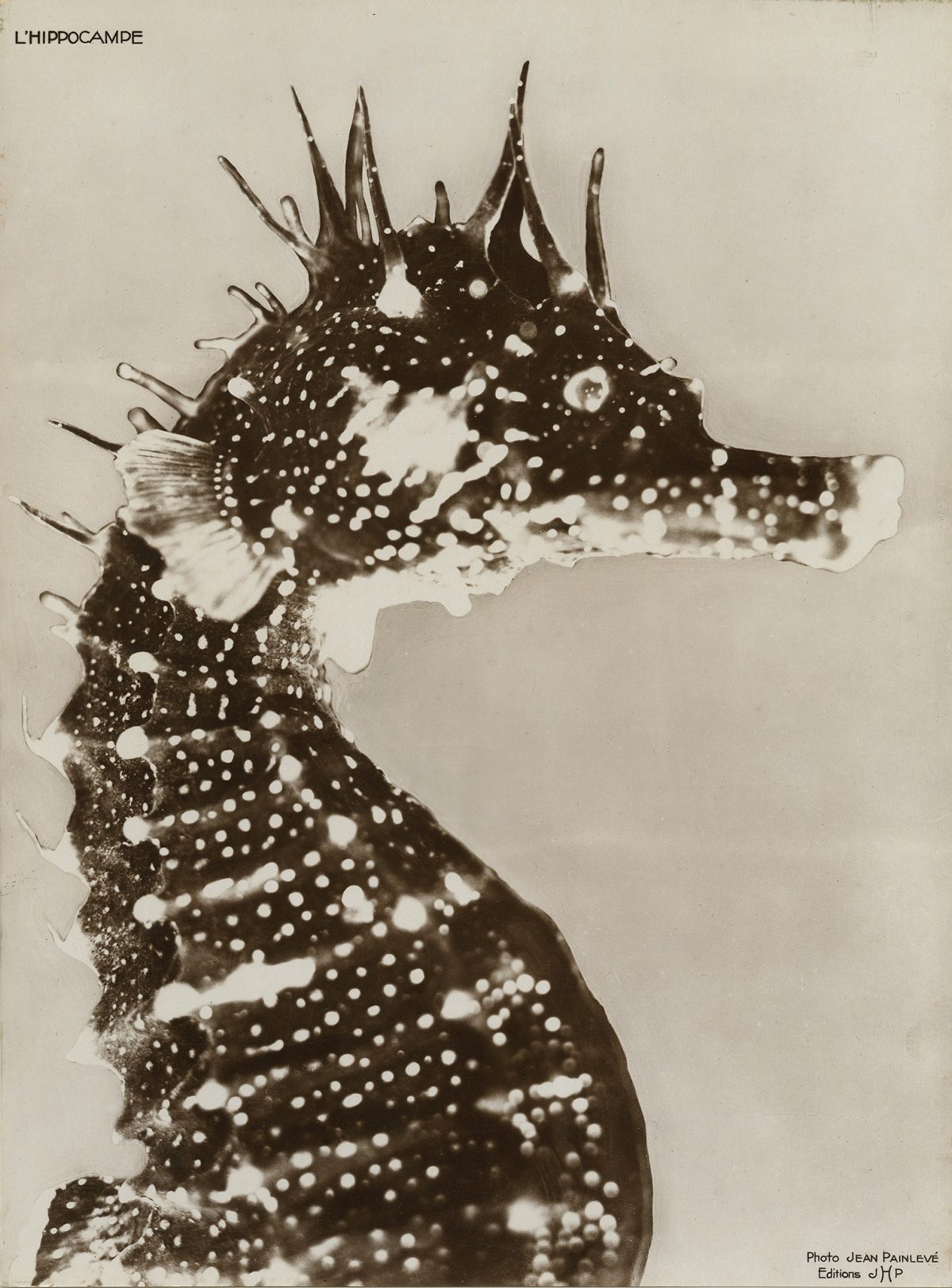
French film-maker Jean Painlevé (20 November 1902 – 2 July 1989) was an outsider among France’s elite. The only child of Paul Painlevé, the mathematician and twice Prime Minister of France, and Marguerite Petit de Villeneuve, who died in childbirth, Jean grew up estranged from his peers.
“Je suis un horsin,” he declared in 1935. In Norman dialect, horsin refers to somebody not from the region of Normandy. An horsin is an outsider, an unknown, or a stranger – a label that applied to Painlevé, who grew up in Paris, but made many visits to the northern coasts as a child and then as a researcher and filmmaker.
Having endured school – in later life he recalled: “In high school, my classmates hated me. They hated people in the margins” – as a young adult he hung out with Jean Vigo, Louis Bunuel (Painlevé was chief ant handler in Bunuel’s Un Chien Andalou), Sergei Eistenstein, Man Ray and Alexander Calder. He exhibited in galleries alongside the surrealists, and inspired Georgian-American choreographer George Balanchine to create a lobster ballet.
Here, we look at his mesmerising film L’Hippocampe ou Cheval Marin (The Seahorse). It was released silent in 1931, then adapted for sound film with a music by Darius Milhaud (Opus 137) in 1934.
The work is not only remarkable for being the first film shot underwater, but also because it includes footage of mating seahorses. The critics hated the intimate view. The people love it – to such a degree that is spawned a range of fashion accessories, often designed by Painlevé’s partner Geneviève Hamon.
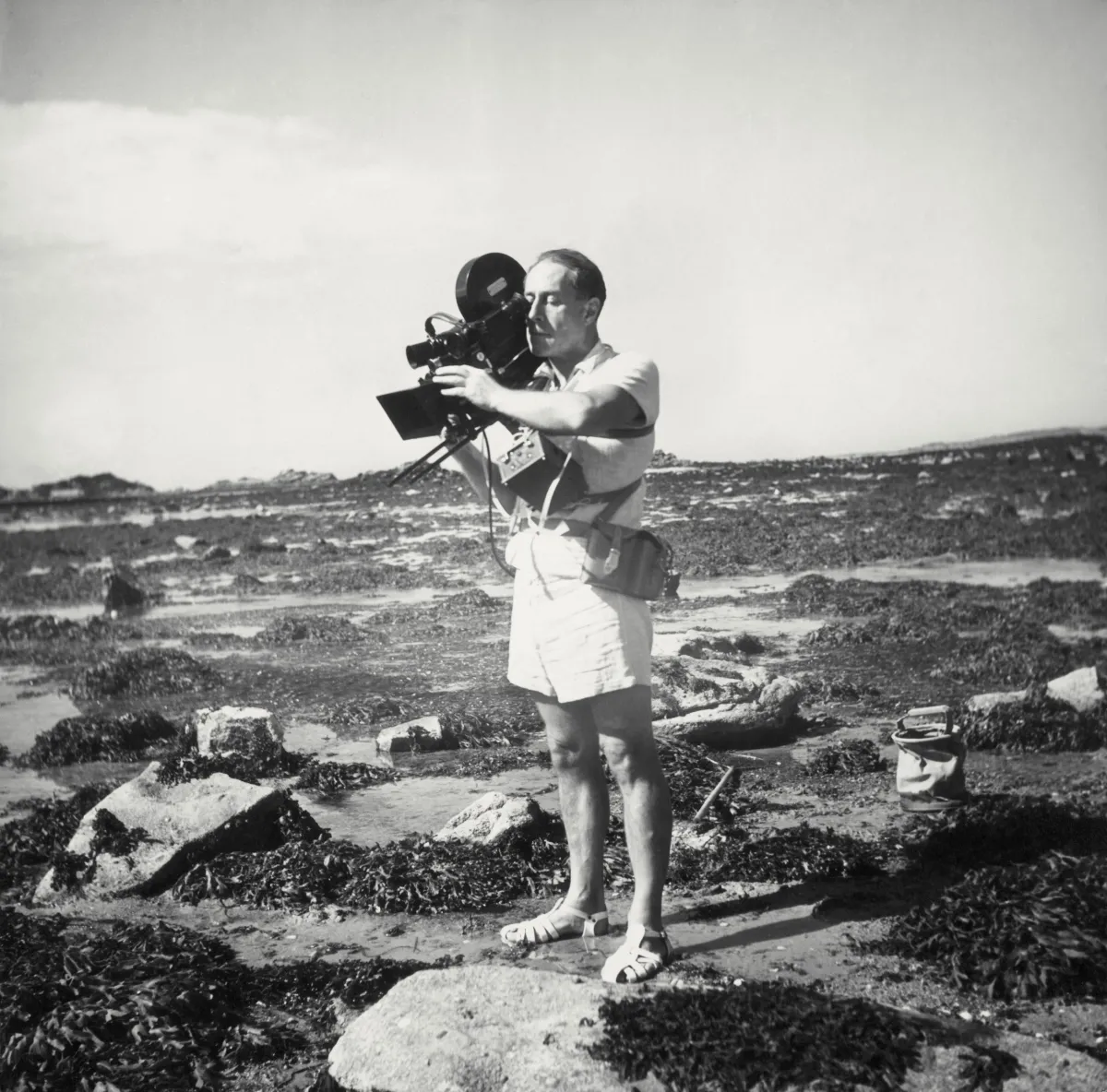
Geneviève Hamon, “Jean Painlevé with the Caméflex camera held by the harness designed, Roscoff” (c. 1958), gelatin silver print (Les Documents Cinématographiques/Archives Jean Painlevé)

Painlevé’s Fruits de la Mer
Painlevé didn’t only film seahorses.
In a lifetime spanning nearly the history of cinema itself, Painlevé made over 200 short films, including The Seahorse, Freshwater Assassins, The Vampire, and The Love Life of the Octopus. When asked how he achieved the effect of the narrator’s voice in the latter, as Brigitte Berg notes, Painlevé explained: “He was an old man who, out of vanity, refused to wear glasses. He was therefore obliged to stick his face right up against the script, close to the microphone, where one could hear his emphysema.”
Most of his films were made in aquariums in his studio laboratory, some double-walled to protect the inhabitants from the heat of the lights. Beside the film-maker’s enthusiasm for his tiny subjects, what stands out is the use of cutting-edge and scientific equipment – underwater cameras and microscopy – that offered a new glimpse of this little-known world.
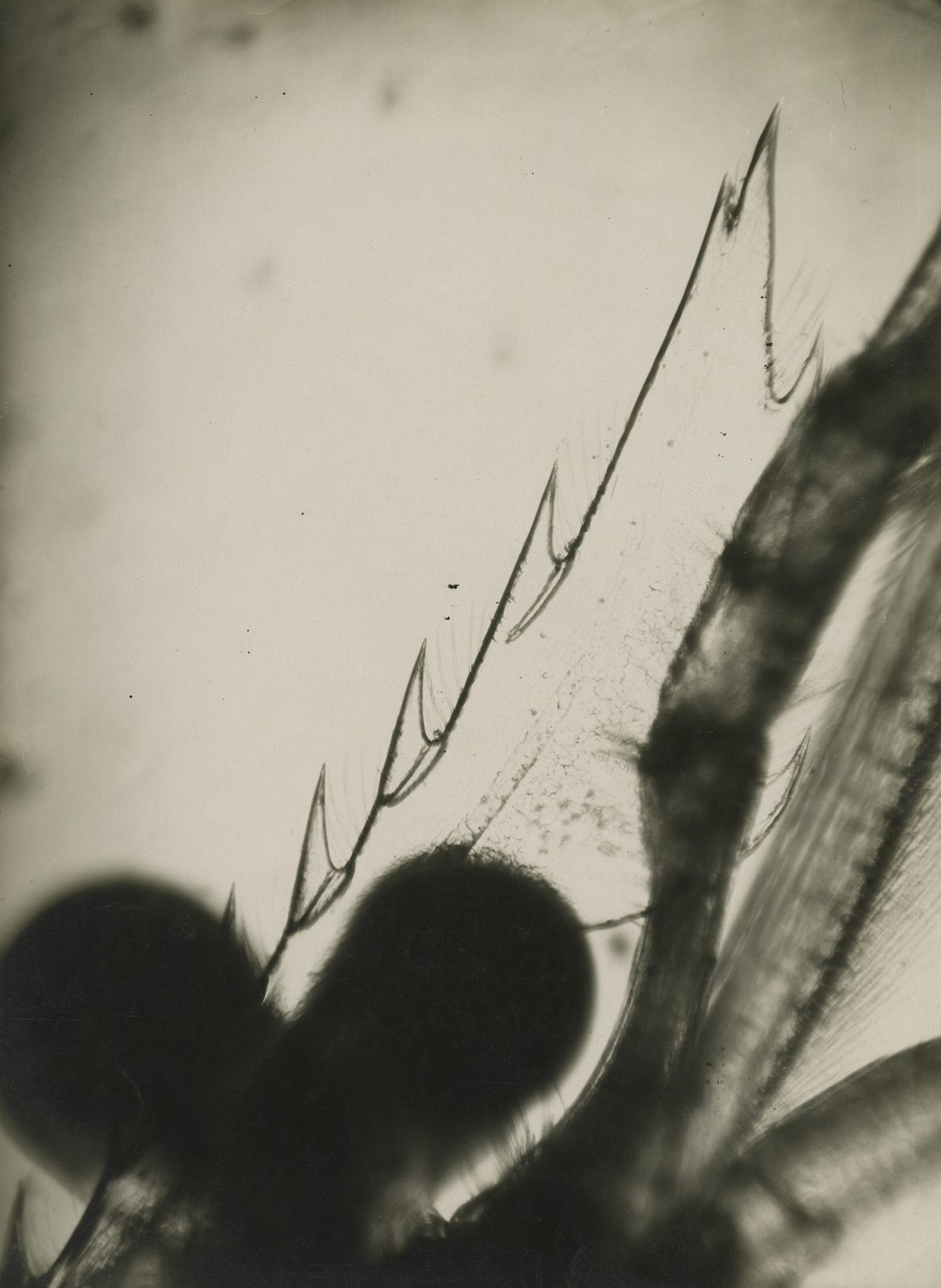
Details of the shrimp’s nose
Other Work
During the 1920s, he became involved with Dadaist and surrealist art and with the avant-garde film scene that was thriving in Paris. When Man Ray needed starfish footage for his L’étoile de mer (1928), Painlevé provided it.
He collaborated with Guillaume Apollinaire and others on the inaugural (and only) issue of Surréalisme, to which he contributed ‘Neozoological Drama’ a satiric scientific description of an interaction between sea organisms that reads like a surreal melodrama.
Painlevé’s interest in the aesthetic aggressiveness of Dadaism and surrealism continued long after his reputation as a nature filmmaker had been established and found vent not only in his nature films but in the remarkable narration he wrote for Georges Franju’s Blood of the Beasts (1949).

The mouth of a fish. c 1927
Jean Painlevé: Art Meets Science
In their book In Science Is Fiction, The Films of Jean Painlevé, Andy Masaki Bellows, Marina McDougall and Brigitte Berg tell us more:
In the early 1930s, when Painlevé set out to make one of the first films ever to use footage shot underwater, he chose as its subject the seahorse — a species with unusual, and to Painlevé, commendable sex roles: Whereas it is the female seahorse who produces the eggs, it is the male who gives birth to them. “The seahorse,” he would later write, “was for me a splendid way of promoting the kindness and virtue of the father while at the same time underlining the necessity of the mother. In other words, I wanted to re-establish the balance between male and female.”
To film underwater, Painlevé enclosed a Sept camera — given to him by Charles David, the head of production at the Pathé-Natan studio — in a specially designed waterproof box fitted with a glass plate for the camera’s lens to peek through. The filming, which took place in the Bay of Arcachon, was arduous. The camera could hold only a few seconds of films, causing Painlevé to return to the surface continually to reload. Moreover, the diving equipment he used was crude, so his movements were limited. Essentially tethered to a boat, his breathing apparatus was connected, by a 10-meter-long hose, to a manually operated air pump located above water. Painlevé would later recall the difficulties:
“The goggles were pressing against my eyes, which, at a given depth, triggers an acceleration of the heart by oculocardiac reflex. But what bothered me most was that at one point I was no longer getting any air. I rose hurriedly to the surface only to find the two seamen quarreling over the pace at which the wheel should be turned.”
The filming continued in Paris in a basement studio outfitted with immense seawater aquariums. There, Painlevé and André Raymond set up a camera and waited patiently for one of the seahorses to give birth. At first Painlevé manned the camera, but after several days of no sleep, he asked Raymond to fill in for a few hours. Raymond fell asleep. So Painlevé took over again — but not before installing a device on the visor of his hat that would emit a small electrical shock if, from fatigue, his head should nod onto the camera. Painlevé was thus able to film the birth.
Financed in part by a personal loan from Bernard Natan, who then distributed it through the Pathé-Consortium, “The Seahorse” was a popular success — the first and only of Painlevé’s films to break even. Indeed, so popular was the film that Painlevé launched a line of seahorse jewelry: gilded bracelets, necklaces, pins, and earrings that were designed by Geneviève Hamon, sold under the label “JHP” (for Jean Hippocampe Painlevé) and displayed in chic boutiques alongside aquariums filled with live seahorses. Promotional photographs were shot by Philippe Halsman, the Lithuanian-born photographer whose work is collected today in such books as “Dali’s Moustache” and “The Jump Book.”
The jewelry venture proved to be very profitable — but Painlevé never saw any of the money. Uninterested in running the business, he had taken on a partner, Clément Nauny, to manage the manufacturing end of the operation. At the end of the war, Nauny made off with the profits and absconded to Monaco where he was never heard from again.
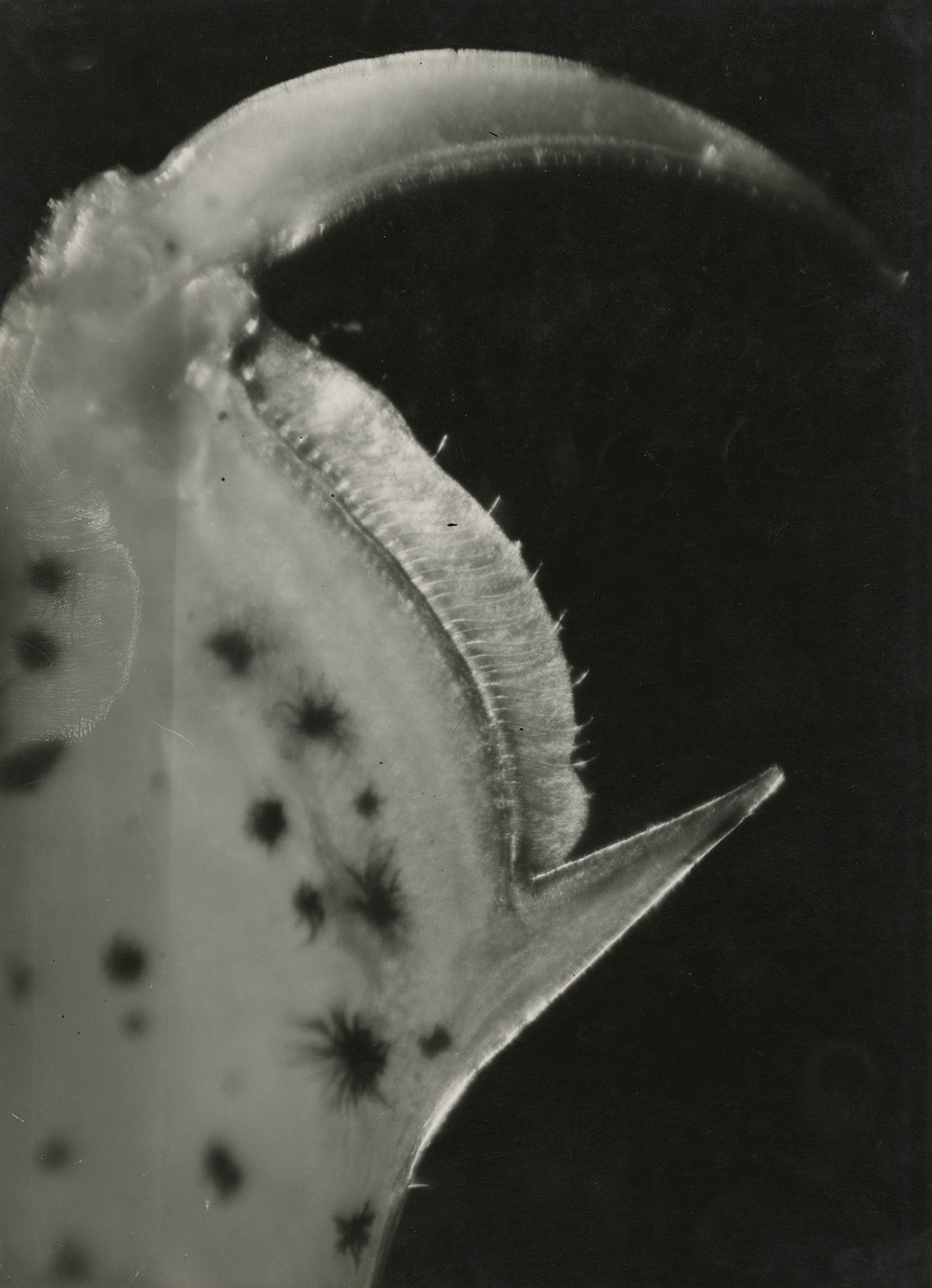
The shrimp’s claw

Lobster Claw
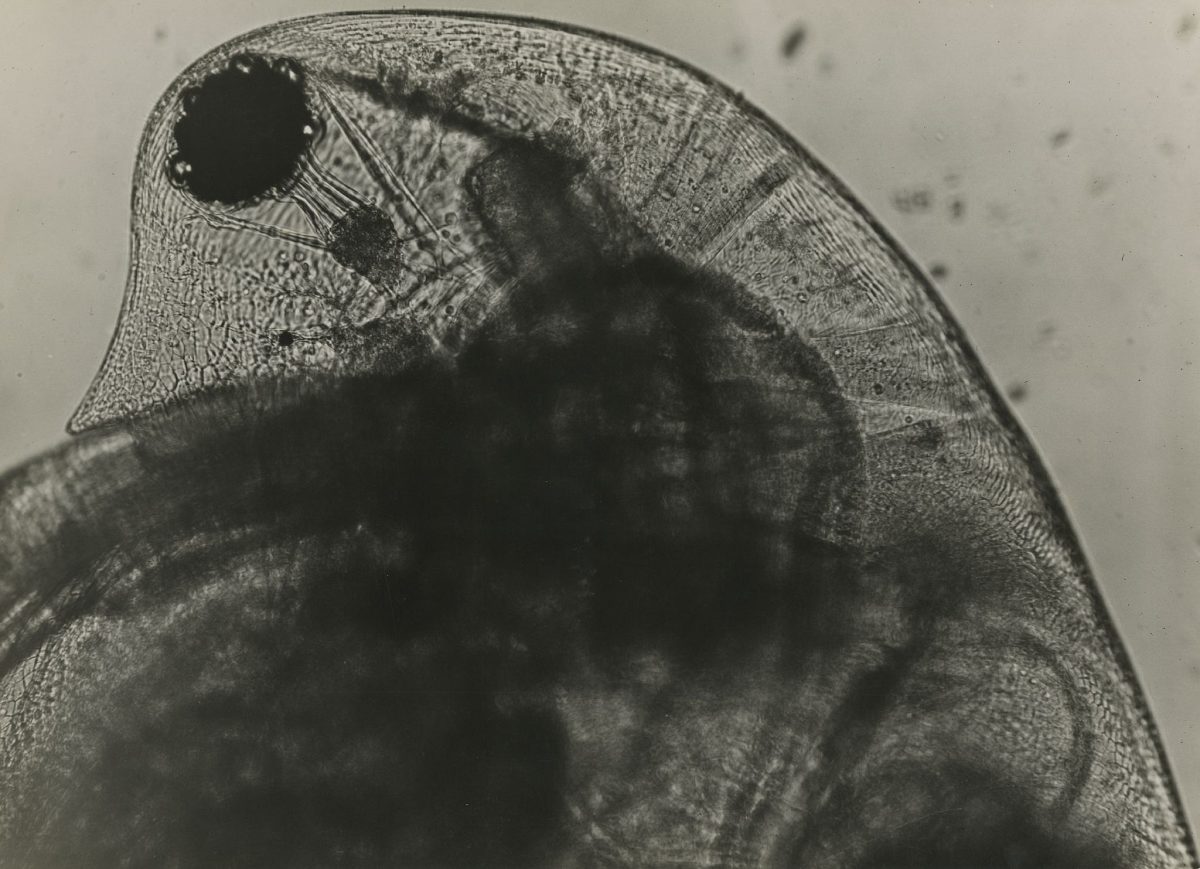
Daphnia (crustacean)
Would you like to support Flashbak?
Please consider making a donation to our site. We don't want to rely on ads to bring you the best of visual culture. You can also support us by signing up to our Mailing List. And you can also follow us on Facebook, Instagram and Twitter. For great art and culture delivered to your door, visit our shop.

